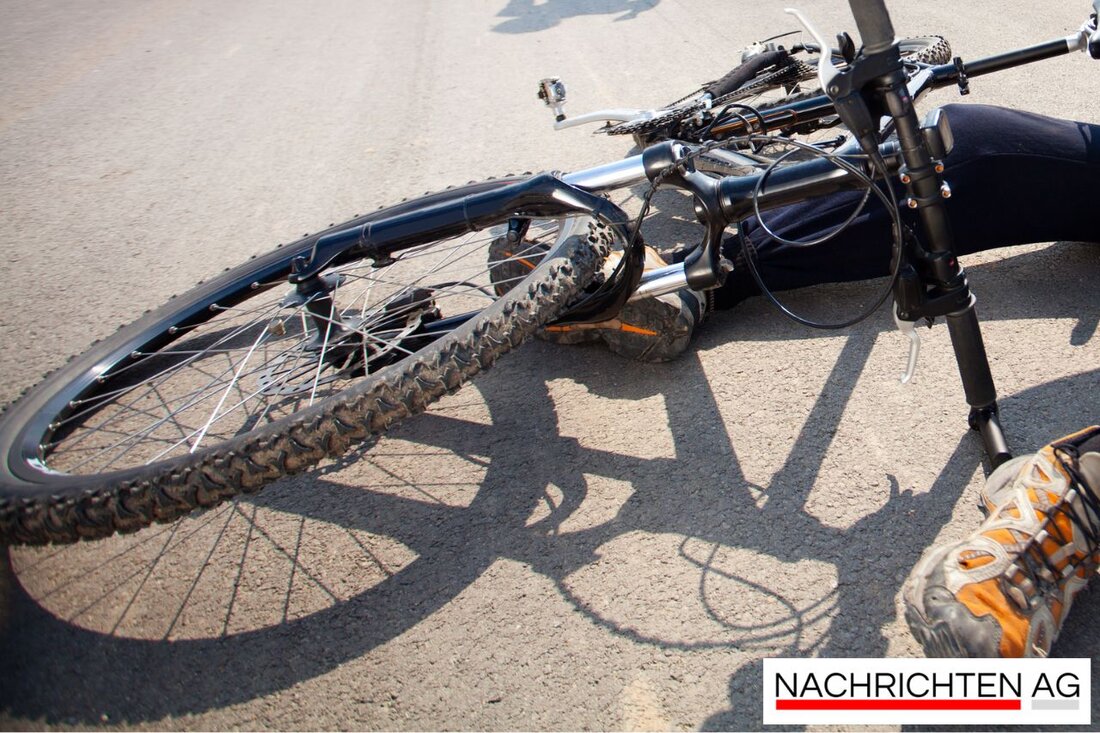Green Axis in Barcelona: Change for a better quality of life!
The transformation of Carrer de Girona in Barcelona creates green axes and squares, promotes pedestrian mobility and improves the quality of life.

Green Axis in Barcelona: Change for a better quality of life!
The city of Barcelona is making a name for itself with its innovative urban development concept “Superblocks”. One of the most recent transformations is Carrer de Girona, which has been redesigned at 750 meters and 16,244 square meters. The section extends between the boulevards Gran Via and Avinguda de la Diagonal and is intended to invite citizens to rediscover public space. The aim of the redesign is to create long green axes in the district that connect meaningful paths and public spaces. New places are created at the intersections that invite people to linger and promote social interaction. This has improved the city not only aesthetically but also functionally. Wienschau reports that the redesign acts as a platform for leisure activities and encounters.
Barcelona is known to suffer from challenges such as air pollution and heavy traffic. The introduction of superblocks, or “superilles” in Catalan, has become established as an answer to these problems. The first superblocks were launched in 2017, and 503 such zones are now planned. Within these superblocks, pedestrians and cyclists have priority, while car traffic is heavily regulated. Drivers are only allowed to drive at 10 to 20 km/h. This not only increases the quality of life of the residents, but also makes a small contribution to reducing air pollution by greening the streets with raised beds and flower pots. If you compare the green space per capita in Barcelona with other cities, it becomes clear that there is a need for action: with only 6.6 square meters per capita, Barcelona is in the shadow of London (27 m²) and Amsterdam (87.5 m²). Barcelona.de highlights that the design of superblocks not only promotes the well-being of residents, but also drives local business.
Transformation of the city
However, the path to implementing superblocks is not without resistance. While business people and motorists initially expressed concerns, local residents are very supportive. In the superblocks, the number of local shops increased by a whopping 30 percent. This shows how the redevelopment is affecting the district. A study by the health institute BCNecologia suggests that the measures could also have positive health effects: the life expectancy of residents could increase by almost 200 days and around 300 premature deaths could be prevented every year. Difu underlines how important a stable political will and a broad social consensus are for the successful implementation of such transformation processes.
One of the most important requirements that emerges from the implementation of the superblocks so far is the need to redesign public space. The existing streets are no longer just viewed as traffic routes, but as spaces for encounters and relaxation. This realignment promotes active mobility and highlights the importance of green spaces for the quality of life in urban areas. The redevelopment of Carrer de Girona also follows this principle by storing rainwater underground to improve biodiversity.
The future of urban design in Barcelona could thus serve as a model for other European cities. The question of whether and how concepts like superblocks can be transferred to other places like Vienna or Berlin is currently being investigated in research projects like TuneOurBlock, which deal with collaboration between different stakeholders and the practical implementation steps. Interest in sustainable urban development concepts is growing, and numerous cities around the world are looking eagerly to Barcelona's experiences and successes.

 Suche
Suche
 Mein Konto
Mein Konto